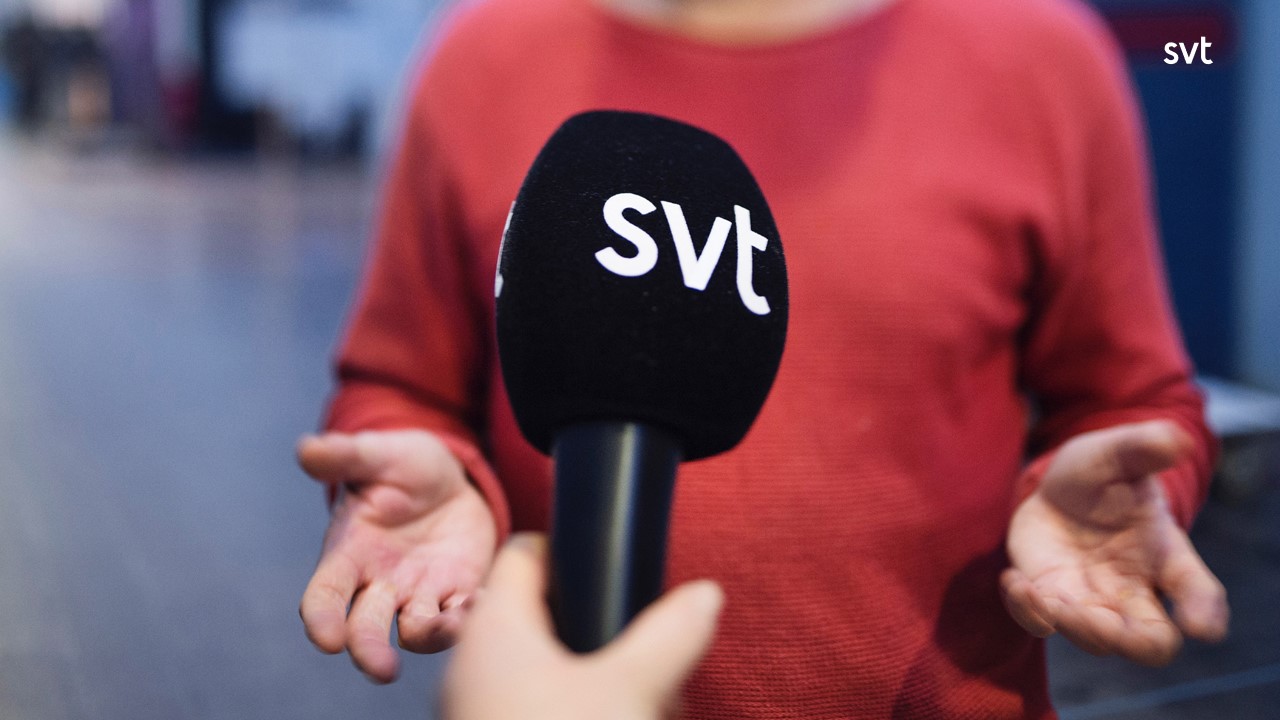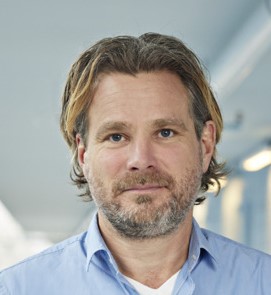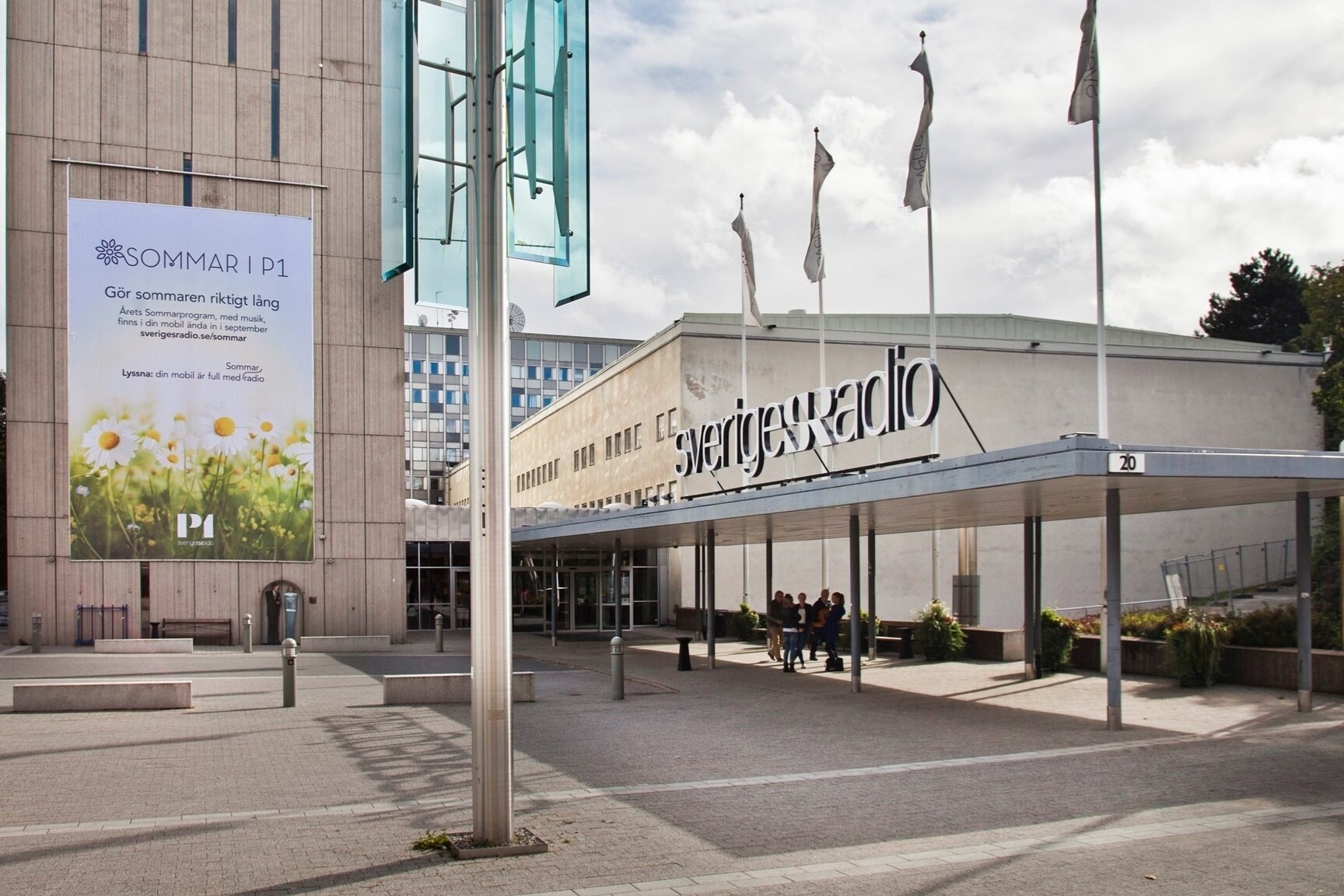PSM INNOVATIONS
SVT develops new sustainable cloud-based production technology
17th October 2023
A new technology created by SVT’s technical department could have a big impact on the organisation’s finances and carbon footprint.

– By Charlotte Pion
The technical teams of the Swedish public broadcaster SVT and Agile content have developed a new production method that would not only significantly reduce the carbon footprint of the broadcaster, but also enable them to make extensive savings.
From hardware to software
The creation of this new production method came with the realisation that the production industry was generating huge amounts of unused content, which required not only storage space, but also energy and money, for only a fraction of the content being distributed to the public. It also arose because of the possibilities that new cloud-based software technologies offer.
The main principle of the process here is for the production and distribution of broadcasters to merge into one operation, focusing directly on the values and quality of the content for the audience. Instead of recording hundreds of hours of content and storing them on multiple hardware devices, the production is automated by means of software that can be controlled remotely, regardless of geographical location, to be streamed directly to the audience.
Read more: SVT Sport: A world leader in equal sports coverage
What is particularly innovative with this new technology is that it is applicable to any kind of content, as the cameras are directly linked to the cloud. This way, the content captured is directly distributed to the public and instead of spending time and energy on two different processes, the focus can be brought back to the essential mission of a broadcaster: producing content of quality that answers the needs of the audience. Additionally, a significant amount of energy and space are saved and the problem of countless of hours of filming going to waste is resolved.
“We are at the dawn of a revolution for the field of media,” said Adde Granberg, the Head of Production and Chief Technology Officer of the Swedish public broadcaster SVT. Not only will it make difficult production easier, it also provides answers to important global problems. It comes at a time where there is a clear necessity to come up with processes that respect the environment, and this new technology would enable SVT to reduce its environmental impact by 90% if it is adopted on a general level.
On top of that, this new vision of the production and distribution steps would greatly reduce SVT’s costs of broadcasting content, particularly significant at this time when, in Sweden and abroad, public media is having to consider substantial savings.
Subscribe toour newsletter
Keep updated with the latest public
media news from around the world
When innovation meets the slow reality
As many others beforehand, this technological discovery is facing many challenges. Despite the great impact it can have for media, it comes up against a rather conservative industry that has relied on the same hardware technology for decades. Mr. Granberg told PMA that it is going to take time before this production method can be implemented more broadly by SVT as well as other broadcasters, especially since they are only at the beginning of the discovery.

This new method is disruptive for the broadcasting field, and it would force the industry to envision and create content in a new way. It is an entire field that has to change, with new technologies but also mentalities.
“We cannot possibly change our production overnight, but it is time for change”, said Mr. Granberg, as innovation like this require funds and time to create. When asked about the role of public service media in an innovation process like this one, Mr. Granberg pointed out that “the first and foremost duty of public service media is to the people. Our mission is to provide information and content of quality to their public, and this goes through the use of valuable tools.” This is why SVT came up with this new technology. But they are not the only ones who have to create those tools. “It is the whole sector of media and broadcasters who should invest time, people and fundings in the elaboration of technologies that will improve the field.”
Time for change
If there is one thing that this new production method reveals, it is the necessity of change in the broadcasting sector to become more sustainable and more cost-effective, while not impacting the quality of content. Not only public, but also private media, need to rethink the structure and technological tools of the field at every level of production: how programmes are produced and distributed, where to dedicate funds to come up with the tools and processes that focus on the challenges that society is facing today, while keeping as their core aim the needs of the public.
“The first and foremost duty of public service media is to the people. Our mission is to provide information and content of quality to their public, and this goes through the use of valuable tools.” – Adde Granberg, Head of Production and Chief Technology Officer, SVT
Over to you...
Does your public media organisation have an innovation that you’d like to share?
Let us know by emailing us at editor@publicmediaalliance.org
Related Posts
22nd June 2023
Canada’s leading media form Canadian Broadcasters for Sustainability
22 broadcasters have formed Canadian…
15th December 2022
Targeting of SVT director general underscores severity of threats against media professionals
Global Task Force member was on the hit…



